The Glow Of Ionized Hydrogen In The Flame Nebula, In Orions Belt, By Adam Block

The glow of ionized hydrogen in the Flame Nebula, in Orions belt, by Adam Block
js
More Posts from Night-hides-the-world and Others
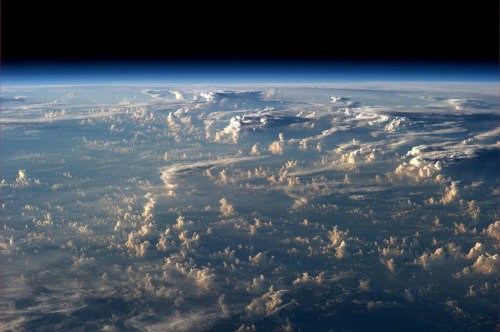
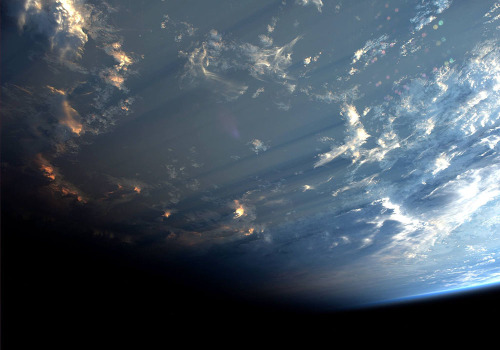
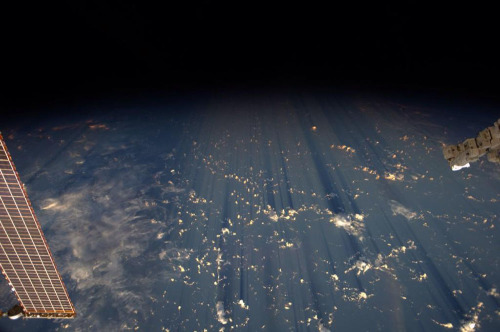
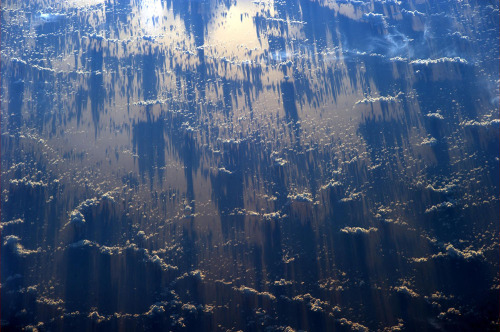
Clouds cast thousand-mile shadows into space when viewed aboard the International Space Station
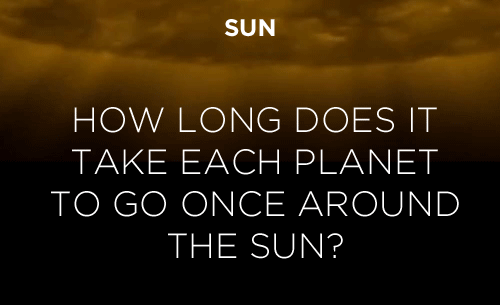
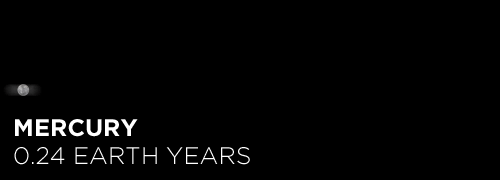
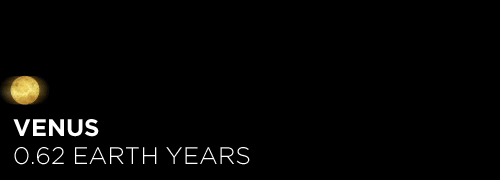

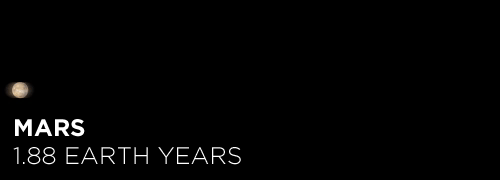




Here’s the orbital period of our solar system’s 8 major planets (how long it takes each to travel around the sun). Their size is to scale and their speed is accurate relative to Earth’s. The repetition of each GIF is proportional to their orbital period. Mercury takes less than 3 months to zoom around Sol, Neptune takes nearly 165 years.





Starry Greetings!
Let’s start hot objects month with our infamous red hypergiant: VY CANIS MAJORIS!
https://www.universetoday.com/39472/vy-canis-majoris/
http://astrobob.areavoices.com/2012/01/28/the-biggest-star-in-the-sky-and-how-to-see-it/
https://www.universetoday.com/13507/what-is-the-biggest-star-in-the-universe/
https://www.space.com/31209-hypergiant-star-vy-canis-major-weight-loss.html


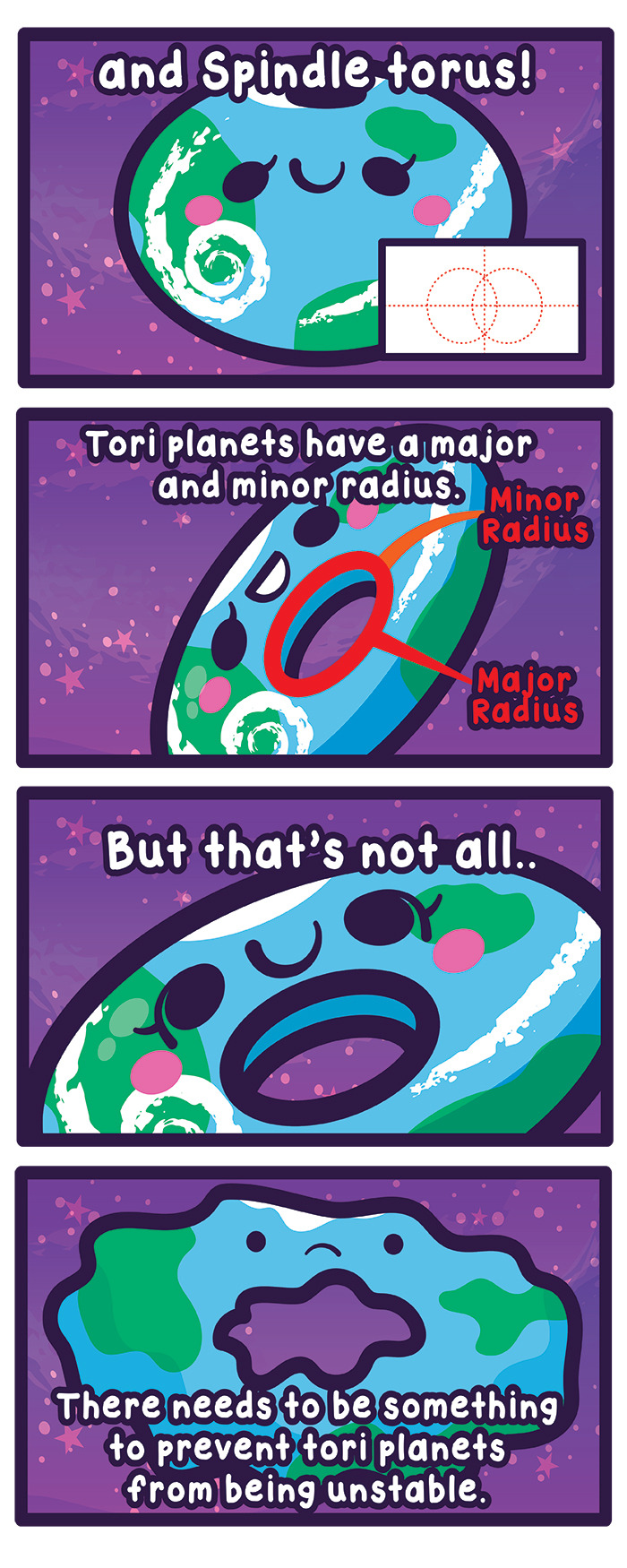
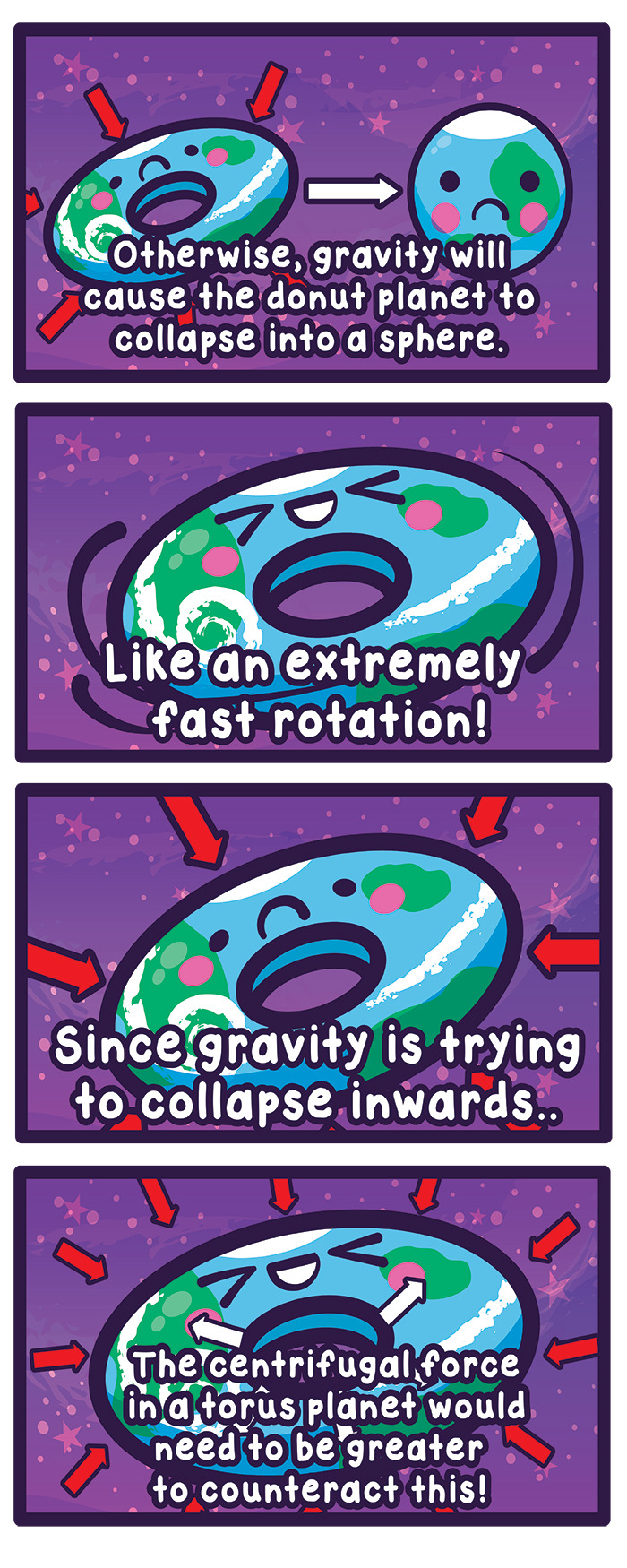


In this 2 part series, Planet X will teach you about the formation of donut planets using the power of physics!
http://io9.gizmodo.com/what-would-the-earth-be-like-if-it-was-the-shape-of-a-d-1515700296

Long exposure of the sky over Yunnan Province in Southwest China.
“ ...The lingering airglow is due to chemiluminescence, the production of light through chemical excitation. Originating at an altitude similar to aurora, it can found around the globe. The chemical energy is initially provided by the Sun's extreme ultraviolet radiation.” X
The scene reflects on the Yuanyang rice terraces as Sirius shines brightly above.
Credit to Cui Yongjiang
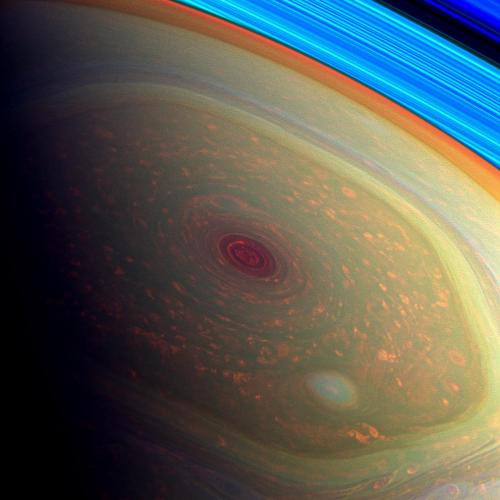
Saturns Swirling Cloudscape
js
-
 daemondamian liked this · 6 years ago
daemondamian liked this · 6 years ago -
 tyyiyi liked this · 6 years ago
tyyiyi liked this · 6 years ago -
 velracxx liked this · 6 years ago
velracxx liked this · 6 years ago -
 univ3rsal-s0ul liked this · 7 years ago
univ3rsal-s0ul liked this · 7 years ago -
 cnflyme liked this · 8 years ago
cnflyme liked this · 8 years ago -
 ineedspacex-blog reblogged this · 9 years ago
ineedspacex-blog reblogged this · 9 years ago -
 identity-anxiety reblogged this · 9 years ago
identity-anxiety reblogged this · 9 years ago -
 livexforever reblogged this · 9 years ago
livexforever reblogged this · 9 years ago -
 a7x-narwhal-2 reblogged this · 9 years ago
a7x-narwhal-2 reblogged this · 9 years ago -
 lefrantz reblogged this · 9 years ago
lefrantz reblogged this · 9 years ago -
 galaxywidemind reblogged this · 9 years ago
galaxywidemind reblogged this · 9 years ago -
 regretswithbenefits reblogged this · 9 years ago
regretswithbenefits reblogged this · 9 years ago -
 livexforever liked this · 9 years ago
livexforever liked this · 9 years ago -
 fxked-up-kids reblogged this · 9 years ago
fxked-up-kids reblogged this · 9 years ago -
 mnxim reblogged this · 9 years ago
mnxim reblogged this · 9 years ago -
 a7x-narwhal-2 liked this · 9 years ago
a7x-narwhal-2 liked this · 9 years ago -
 withappily reblogged this · 9 years ago
withappily reblogged this · 9 years ago -
 iamspidermans reblogged this · 9 years ago
iamspidermans reblogged this · 9 years ago -
 lonelywolfcheapass liked this · 9 years ago
lonelywolfcheapass liked this · 9 years ago -
 erraticabyss reblogged this · 9 years ago
erraticabyss reblogged this · 9 years ago -
 trachea-exposed reblogged this · 9 years ago
trachea-exposed reblogged this · 9 years ago -
 so-contagiously reblogged this · 9 years ago
so-contagiously reblogged this · 9 years ago -
 jheyps reblogged this · 9 years ago
jheyps reblogged this · 9 years ago -
 myemptyheart liked this · 9 years ago
myemptyheart liked this · 9 years ago -
 raepori reblogged this · 9 years ago
raepori reblogged this · 9 years ago -
 clever-and-stupid reblogged this · 9 years ago
clever-and-stupid reblogged this · 9 years ago -
 somaticallyincorrect liked this · 9 years ago
somaticallyincorrect liked this · 9 years ago -
 nessanoons reblogged this · 9 years ago
nessanoons reblogged this · 9 years ago
Astronomy and the other wonders you witness when you look to the skies.
115 posts



